Hi Jeff,
I don’t have much experience troubleshooting amps, as I’ve had very good luck with all of mine, until just recently. I own a Fender Blues Junior, which is a great little amplifier. Recently, though, it died at a rehearsal. It made a crackling sound, then no sound. The power indicator lamp on the control panel lights, preamp and power tubes all glow, but no sound at all. I’ve tried unplugging and quickly replugging the instrument input and speaker cable, turning all knobs, and de-pressing and releasing the fat switch. Still no sound at all. With this fairly limited information, do you have any thoughts as to what the issue could be? I don’t abuse the amp, but I do set the master volume at 4 or so (11 o’clock) to get a fairly loud clean sound. Thanks for any help or suggestions you can provide.
Keep smilin’,
Bill Hruz
Hello Bill,
Thanks for your question. I’m going to use it as the foundation for a generalized, amplifier troubleshooting 101, applicable to most tube amps (and yours as well) and executable by most players. Since the power indicator lamp is lit, we can be pretty sure the AC mains fuse is not blown. Most AC mains fuses are placed in the circuitry before power is applied to any part of the circuit, so if something is lighting up when you engage the power switch, it should be good.
Since there are numerous power indication schemes, and numerous ways to illuminate them, this doesn’t tell us much else. If there is no indication of power in any way, the fuse should be the first item checked.
Next, you mentioned that the preamp and power tubes all glow. This is an indication that the filament voltage is being applied to the tubes. This voltage, in some form, is developed by one of the secondary windings of the mains (power) transformer. This indicates two things: one, that AC power is being applied to the primary of the transformer; and two, at least one of the transformer secondary windings is functioning. Be sure, however, that the filaments are lighting in all of the tubes. An inoperative filament in even one tube can cause the whole amp to fail. If there are multiple tubes with filament failures, substitute a new tube, one position at a time, as some amplifiers place multiple filaments in series, and a failure in one can cause filament outages in multiple.
The next item to check, should the amplifier have one, is a series effects loop. In most series loops, if the switching contacts in the jacks become dirty or oxidized, their ability to mechanically close properly becomes compromised and signal will not flow properly through them. This happens mostly in amps where the loop is not frequently used, as the jacks are not exercised and the switching contacts don’t have the ability to self-clean.
Take any guitar cable (short effects jumpers work best) and “jump” the loop—plug one end into the send jack and one into the return jack. If the amp begins to operate, then the problem could be dirty contacts in one of the jacks. Spray a bit of electronic contact cleaner into each jack (I prefer with lubricant, if possible). Cycle a plug in and out 8–10 times so that the contacts open and close, and then leave the plugs inserted in the jacks so that the contacts can dry properly (anywhere between an hour to overnight should be fine). Test the amp again. If there are still intermittent problems, the jacks may need replacing.
 Next, we’ll move on to the speaker and speaker connections. With a “no sound” symptom, the amplifier electronics could be working fine, but the sound has nowhere to go. This can damage a tube amp, so you’ll want to stay away from diagnosing the problem by playing at high volume while you bang on the top of the amp! A rousing rendition of “Smoke on the Backline” can often follow. If possible, unplug the speaker(s) connected to the amp and connect an alternate speaker using an alternate speaker cable. If you now have output from the amp, the cause of the failure is either an open speaker (or speaker cabinet) or open speaker cable. You’re actually as likely to find a faulty speaker cable in a combo as you are in a head/cabinet configuration. I’ve seen plenty of “molded plug” cable assemblies fail in combo amps.
Next, we’ll move on to the speaker and speaker connections. With a “no sound” symptom, the amplifier electronics could be working fine, but the sound has nowhere to go. This can damage a tube amp, so you’ll want to stay away from diagnosing the problem by playing at high volume while you bang on the top of the amp! A rousing rendition of “Smoke on the Backline” can often follow. If possible, unplug the speaker(s) connected to the amp and connect an alternate speaker using an alternate speaker cable. If you now have output from the amp, the cause of the failure is either an open speaker (or speaker cabinet) or open speaker cable. You’re actually as likely to find a faulty speaker cable in a combo as you are in a head/cabinet configuration. I’ve seen plenty of “molded plug” cable assemblies fail in combo amps.
If you have a multimeter, check the resistance across the speaker(s). In a combo amp, measure the resistance across the speaker terminals (making sure that the speaker is disconnected from the output of the amp). A reading of 3 to 14 Ohms should be fine. For an extension cabinet, attach a known-good speaker cable to the cabinet and measure the resistance between the tip and sleeve. Again, if it is between 3 and 14 Ohms, the cabinet should be functioning.
If you’ve done all of the above and still haven’t found the source of the problem, the only other user-serviceable possibility is to substitute a known-good preamp tube in each preamp tube location, one at a time, even if all the filaments are lit. Just because the filament is lit does not mean the tube is functioning. I wouldn’t suspect a faulty output tube, as those will generally continue to blow the fuse, but a faulty preamp tube can shut down the audio path.
Those are the basic tube amplifier troubleshooting steps that every player can use. Anything more than that needs the immediate attention of a qualified service technician… (just wish I knew one!)
Play on, my friends…
Jeff Bober
Co-Founder and Senior Design Engineer Budda Amplification jeffb@budda.com or www.budda.com.
I don’t have much experience troubleshooting amps, as I’ve had very good luck with all of mine, until just recently. I own a Fender Blues Junior, which is a great little amplifier. Recently, though, it died at a rehearsal. It made a crackling sound, then no sound. The power indicator lamp on the control panel lights, preamp and power tubes all glow, but no sound at all. I’ve tried unplugging and quickly replugging the instrument input and speaker cable, turning all knobs, and de-pressing and releasing the fat switch. Still no sound at all. With this fairly limited information, do you have any thoughts as to what the issue could be? I don’t abuse the amp, but I do set the master volume at 4 or so (11 o’clock) to get a fairly loud clean sound. Thanks for any help or suggestions you can provide.
Keep smilin’,
Bill Hruz
Hello Bill,
Thanks for your question. I’m going to use it as the foundation for a generalized, amplifier troubleshooting 101, applicable to most tube amps (and yours as well) and executable by most players. Since the power indicator lamp is lit, we can be pretty sure the AC mains fuse is not blown. Most AC mains fuses are placed in the circuitry before power is applied to any part of the circuit, so if something is lighting up when you engage the power switch, it should be good.
Since there are numerous power indication schemes, and numerous ways to illuminate them, this doesn’t tell us much else. If there is no indication of power in any way, the fuse should be the first item checked.
Next, you mentioned that the preamp and power tubes all glow. This is an indication that the filament voltage is being applied to the tubes. This voltage, in some form, is developed by one of the secondary windings of the mains (power) transformer. This indicates two things: one, that AC power is being applied to the primary of the transformer; and two, at least one of the transformer secondary windings is functioning. Be sure, however, that the filaments are lighting in all of the tubes. An inoperative filament in even one tube can cause the whole amp to fail. If there are multiple tubes with filament failures, substitute a new tube, one position at a time, as some amplifiers place multiple filaments in series, and a failure in one can cause filament outages in multiple.
The next item to check, should the amplifier have one, is a series effects loop. In most series loops, if the switching contacts in the jacks become dirty or oxidized, their ability to mechanically close properly becomes compromised and signal will not flow properly through them. This happens mostly in amps where the loop is not frequently used, as the jacks are not exercised and the switching contacts don’t have the ability to self-clean.
Take any guitar cable (short effects jumpers work best) and “jump” the loop—plug one end into the send jack and one into the return jack. If the amp begins to operate, then the problem could be dirty contacts in one of the jacks. Spray a bit of electronic contact cleaner into each jack (I prefer with lubricant, if possible). Cycle a plug in and out 8–10 times so that the contacts open and close, and then leave the plugs inserted in the jacks so that the contacts can dry properly (anywhere between an hour to overnight should be fine). Test the amp again. If there are still intermittent problems, the jacks may need replacing.
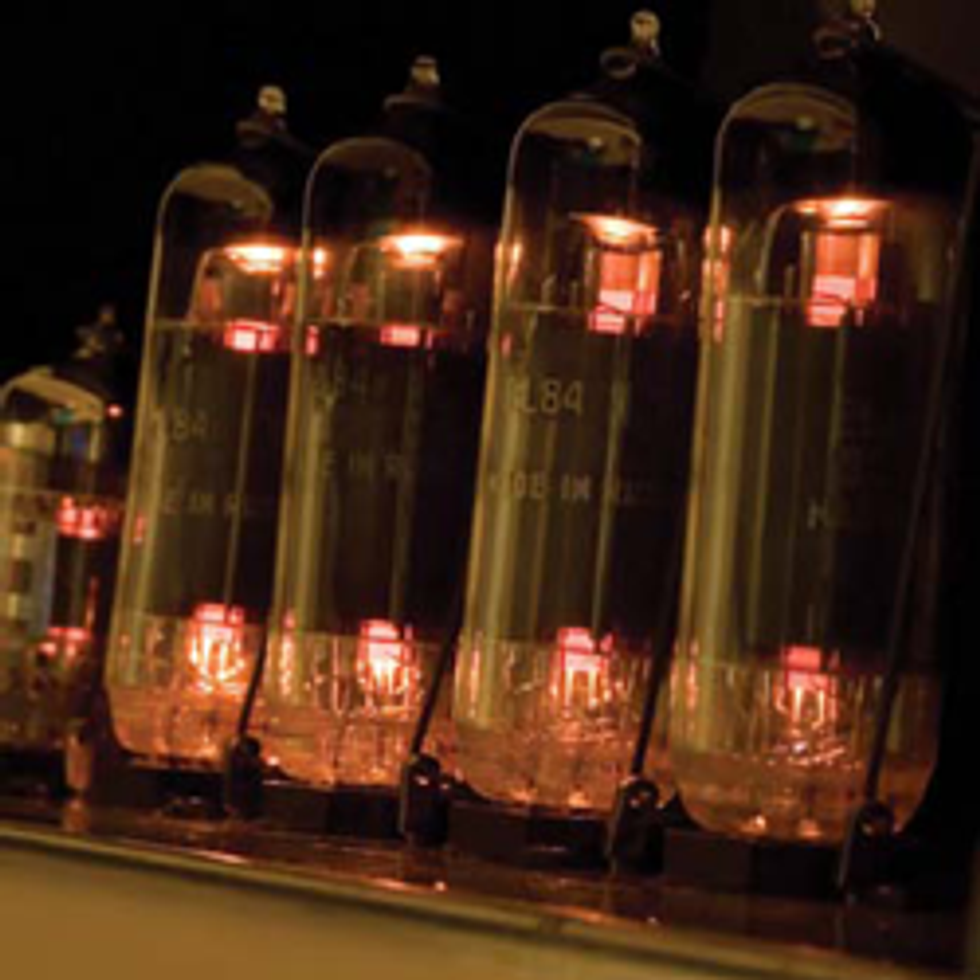 Next, we’ll move on to the speaker and speaker connections. With a “no sound” symptom, the amplifier electronics could be working fine, but the sound has nowhere to go. This can damage a tube amp, so you’ll want to stay away from diagnosing the problem by playing at high volume while you bang on the top of the amp! A rousing rendition of “Smoke on the Backline” can often follow. If possible, unplug the speaker(s) connected to the amp and connect an alternate speaker using an alternate speaker cable. If you now have output from the amp, the cause of the failure is either an open speaker (or speaker cabinet) or open speaker cable. You’re actually as likely to find a faulty speaker cable in a combo as you are in a head/cabinet configuration. I’ve seen plenty of “molded plug” cable assemblies fail in combo amps.
Next, we’ll move on to the speaker and speaker connections. With a “no sound” symptom, the amplifier electronics could be working fine, but the sound has nowhere to go. This can damage a tube amp, so you’ll want to stay away from diagnosing the problem by playing at high volume while you bang on the top of the amp! A rousing rendition of “Smoke on the Backline” can often follow. If possible, unplug the speaker(s) connected to the amp and connect an alternate speaker using an alternate speaker cable. If you now have output from the amp, the cause of the failure is either an open speaker (or speaker cabinet) or open speaker cable. You’re actually as likely to find a faulty speaker cable in a combo as you are in a head/cabinet configuration. I’ve seen plenty of “molded plug” cable assemblies fail in combo amps. If you have a multimeter, check the resistance across the speaker(s). In a combo amp, measure the resistance across the speaker terminals (making sure that the speaker is disconnected from the output of the amp). A reading of 3 to 14 Ohms should be fine. For an extension cabinet, attach a known-good speaker cable to the cabinet and measure the resistance between the tip and sleeve. Again, if it is between 3 and 14 Ohms, the cabinet should be functioning.
If you’ve done all of the above and still haven’t found the source of the problem, the only other user-serviceable possibility is to substitute a known-good preamp tube in each preamp tube location, one at a time, even if all the filaments are lit. Just because the filament is lit does not mean the tube is functioning. I wouldn’t suspect a faulty output tube, as those will generally continue to blow the fuse, but a faulty preamp tube can shut down the audio path.
Those are the basic tube amplifier troubleshooting steps that every player can use. Anything more than that needs the immediate attention of a qualified service technician… (just wish I knew one!)
Play on, my friends…
Jeff Bober
Co-Founder and Senior Design Engineer Budda Amplification jeffb@budda.com or www.budda.com.







![Rig Rundown: AFI [2025]](https://www.premierguitar.com/media-library/youtube.jpg?id=62064741&width=1245&height=700&quality=70&coordinates=0%2C0%2C0%2C0)
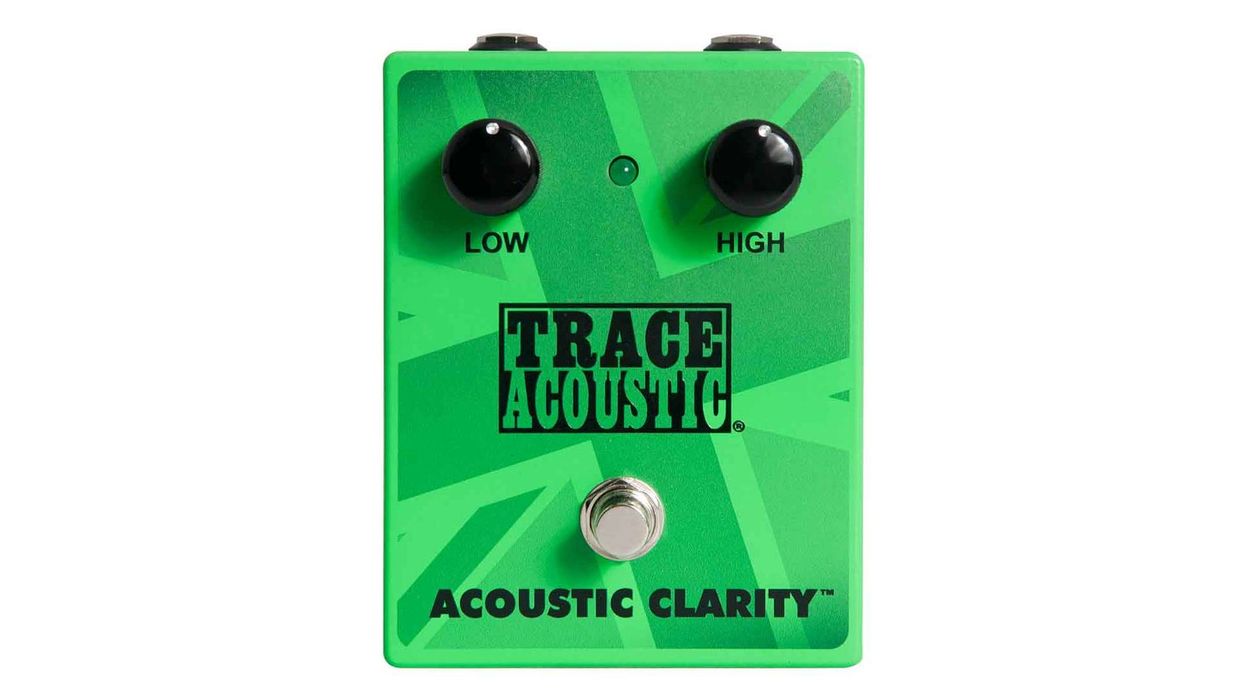





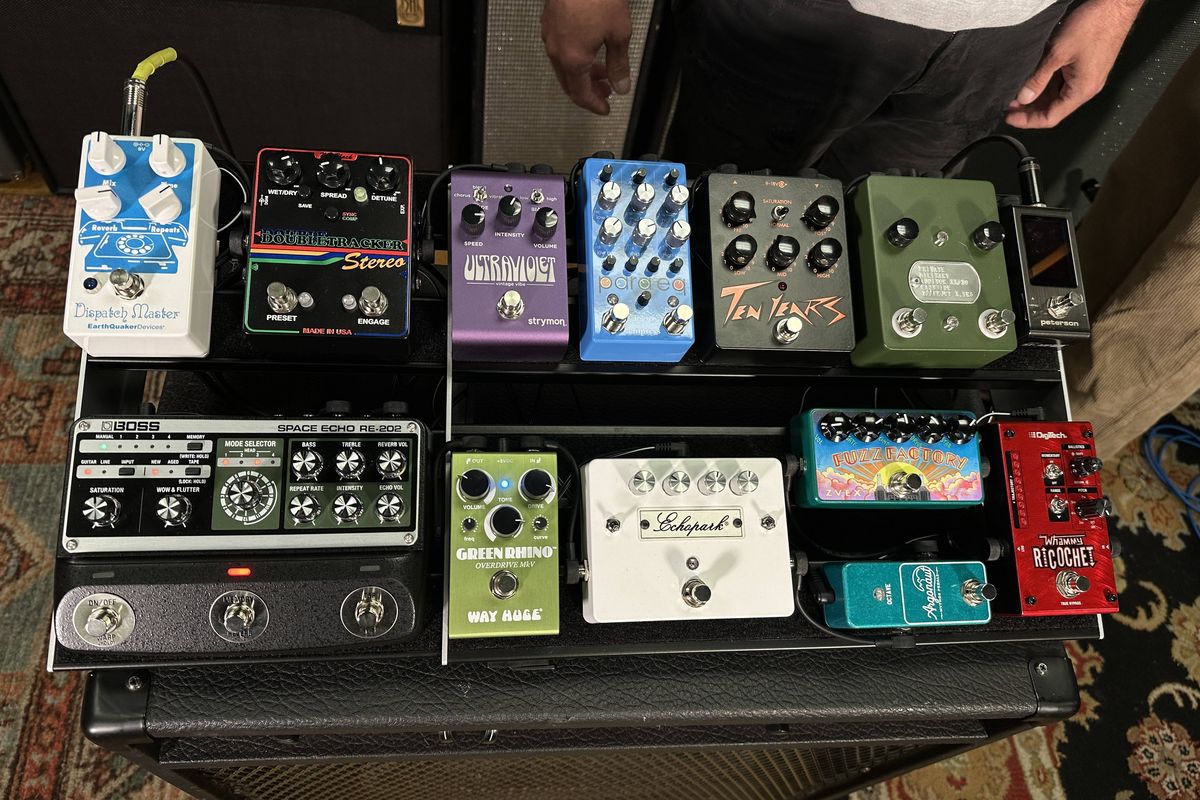
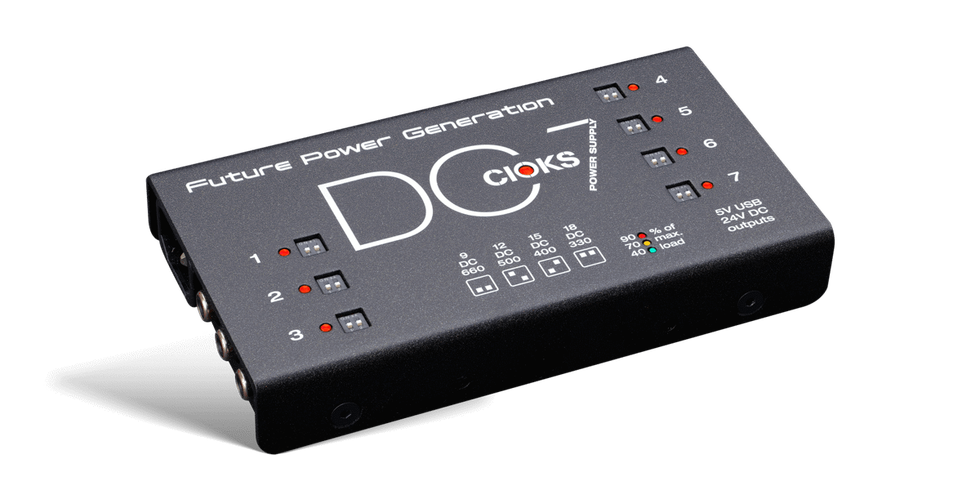
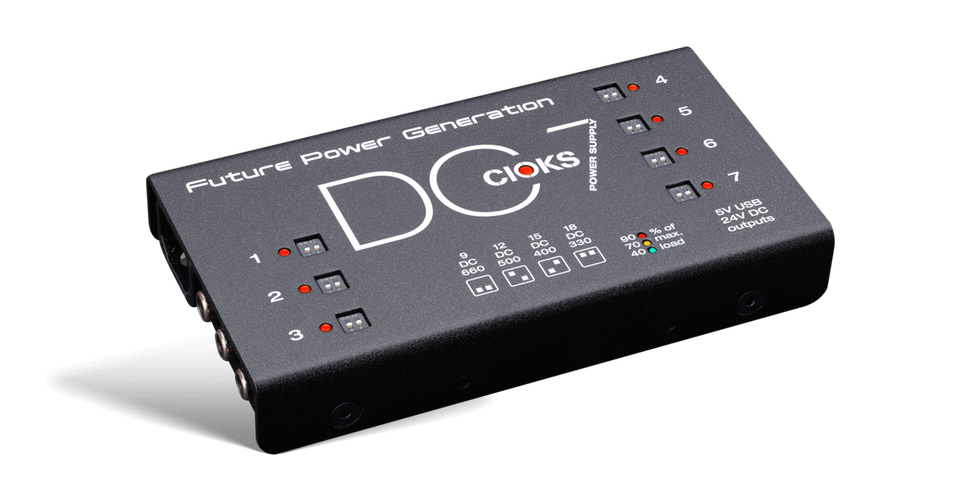
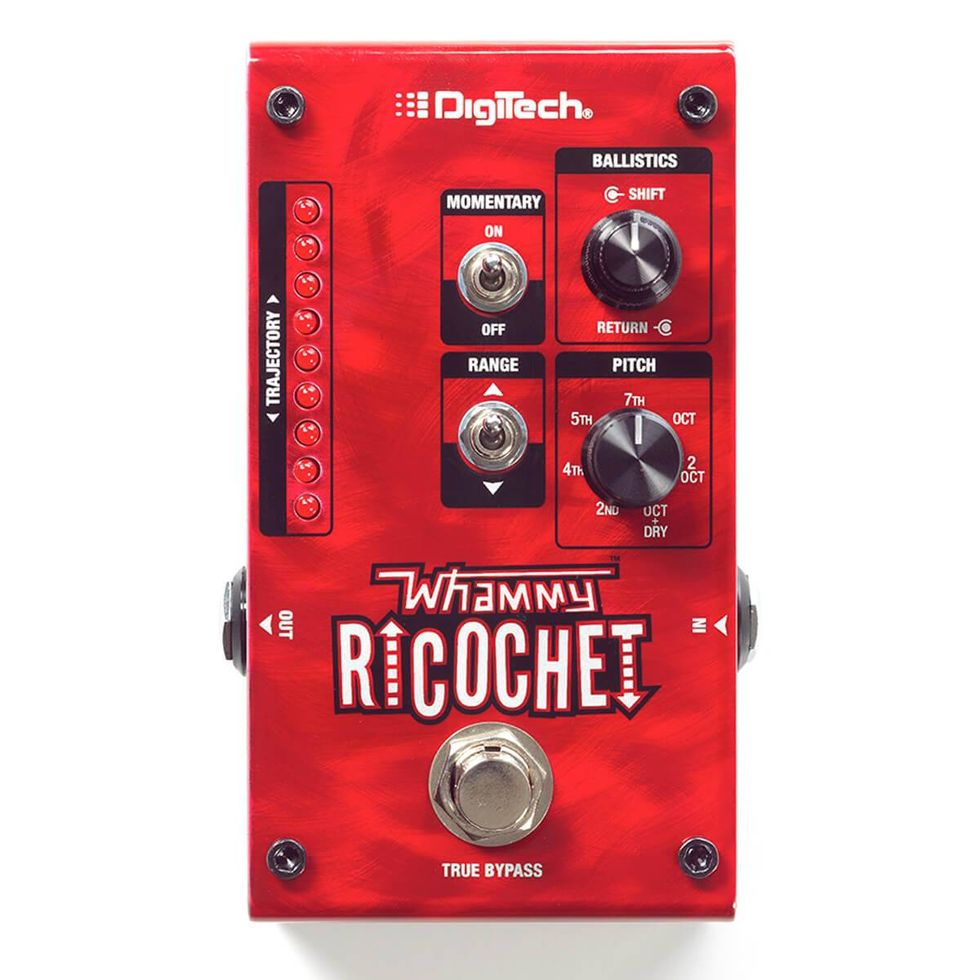
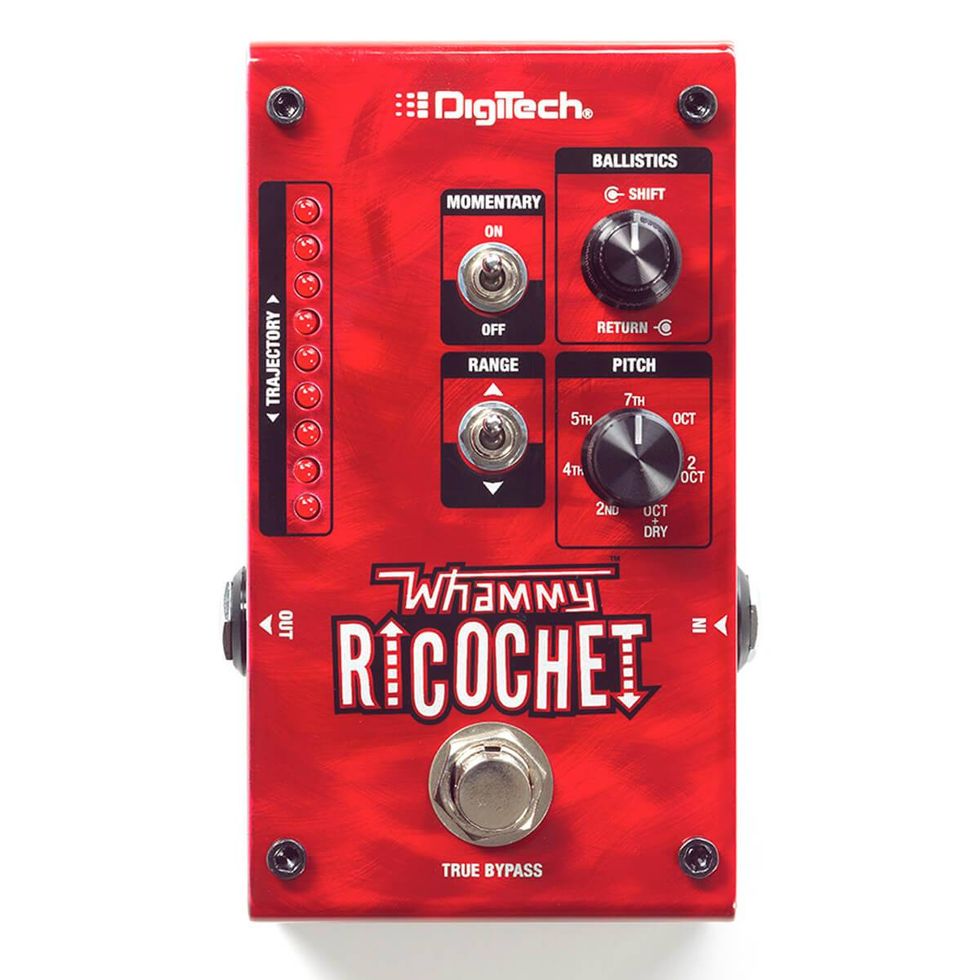
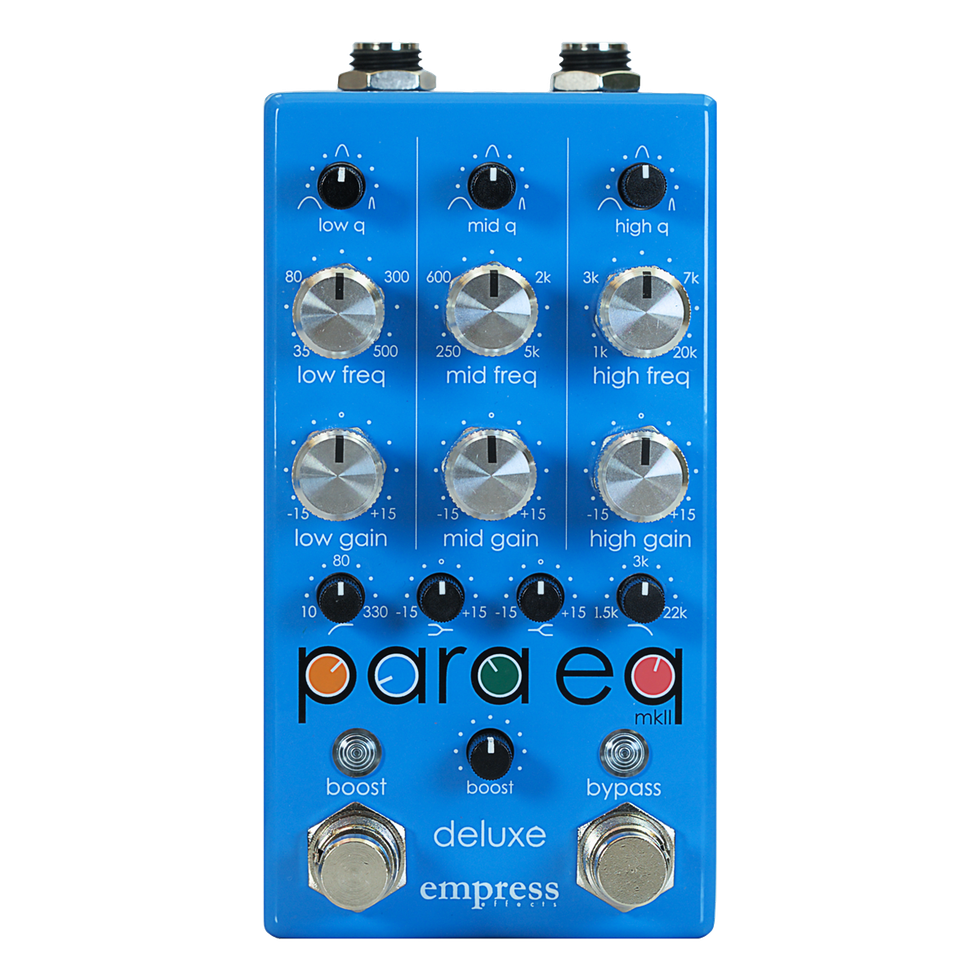
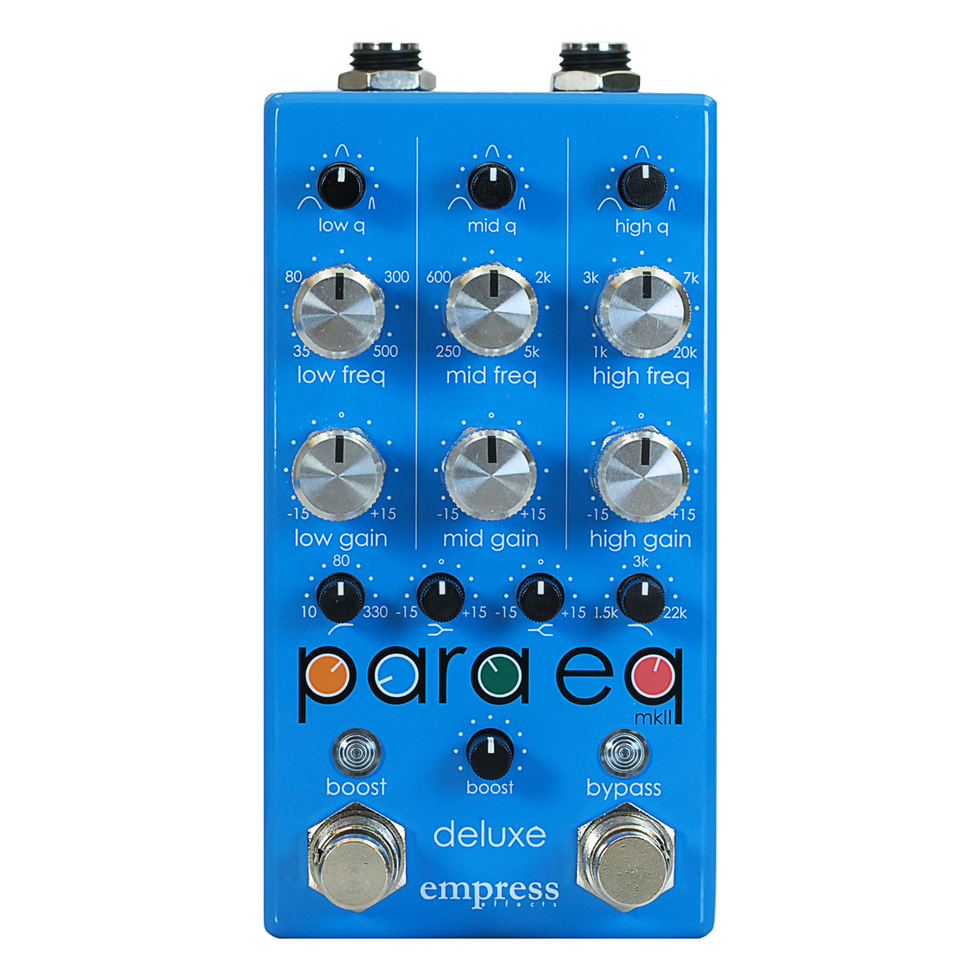
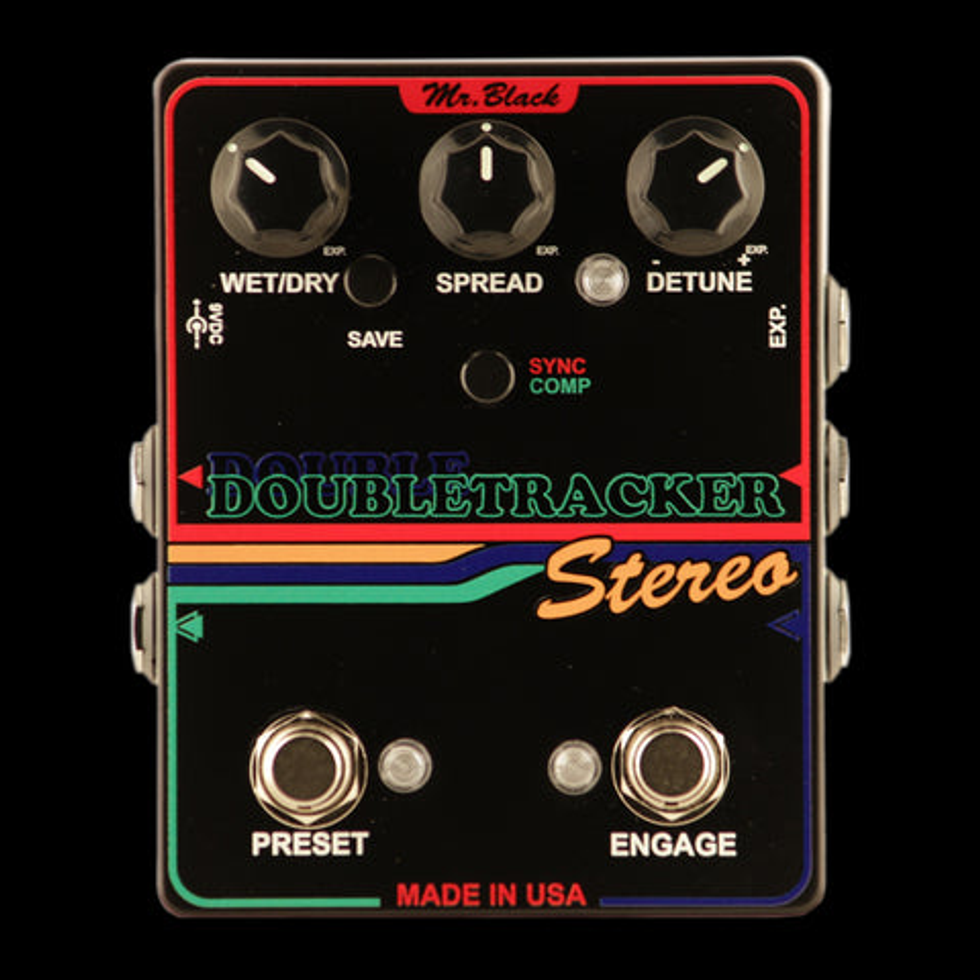
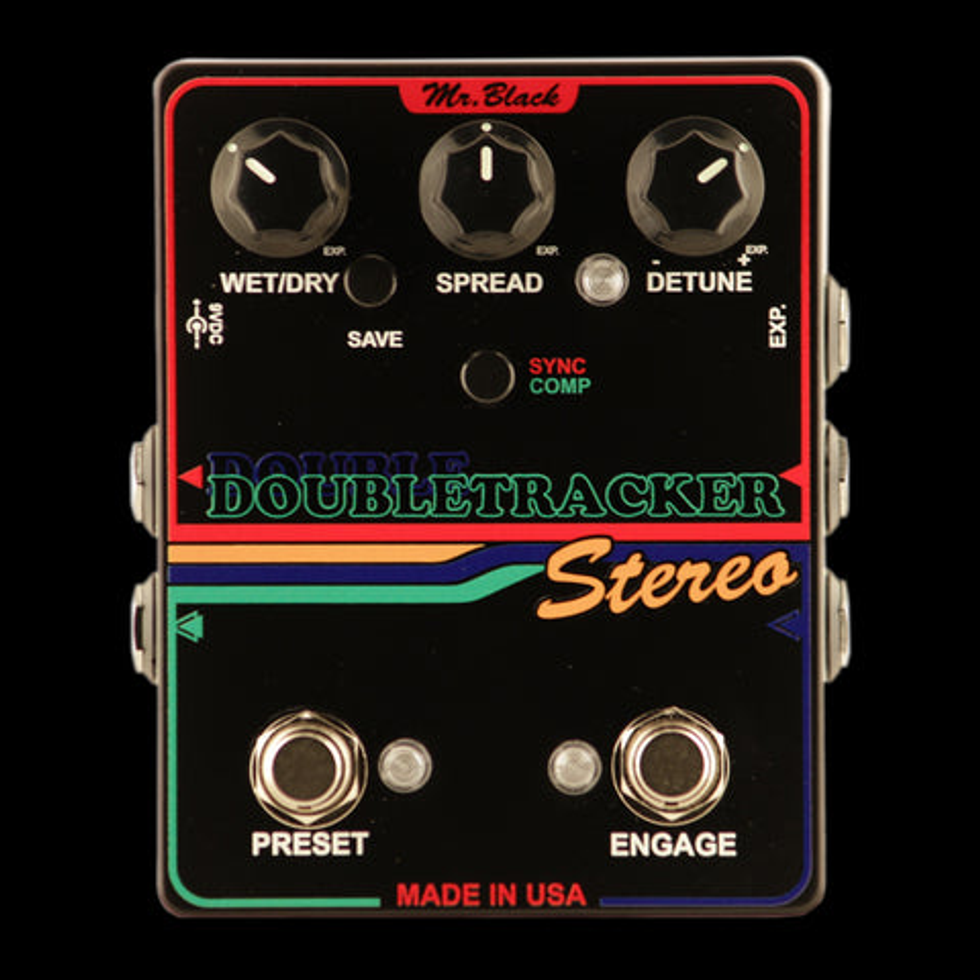
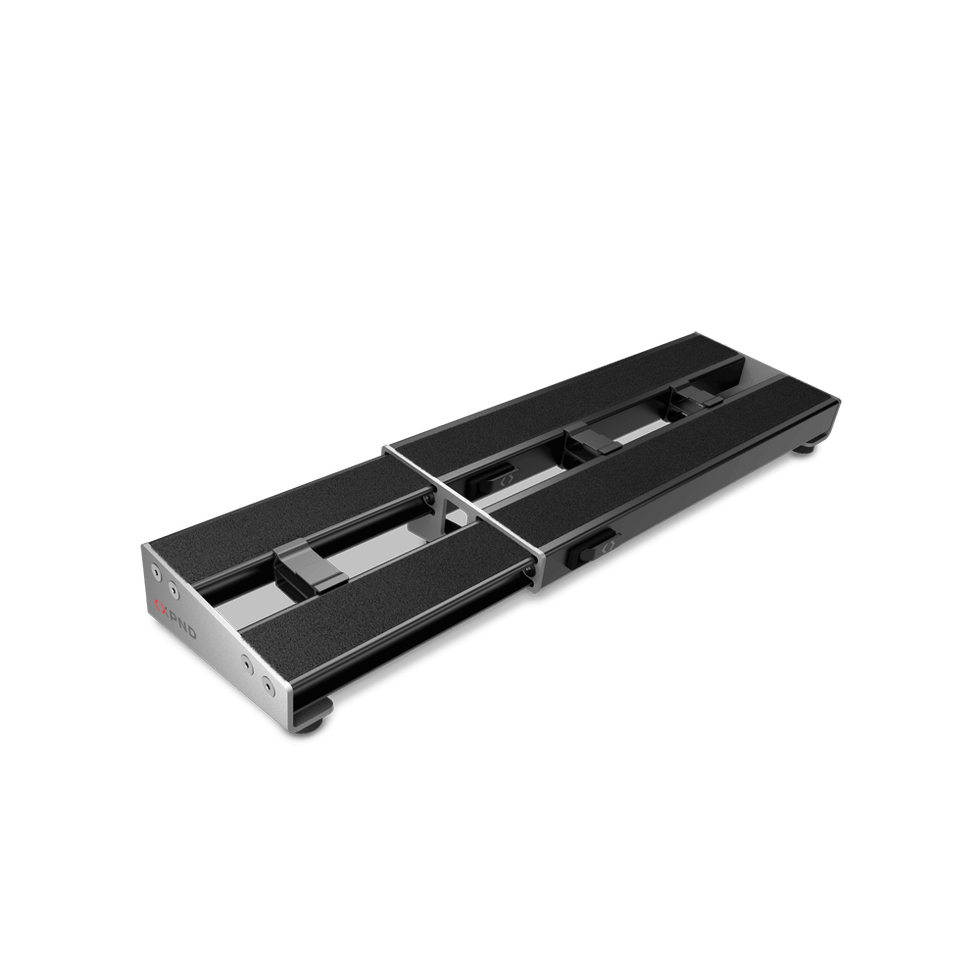
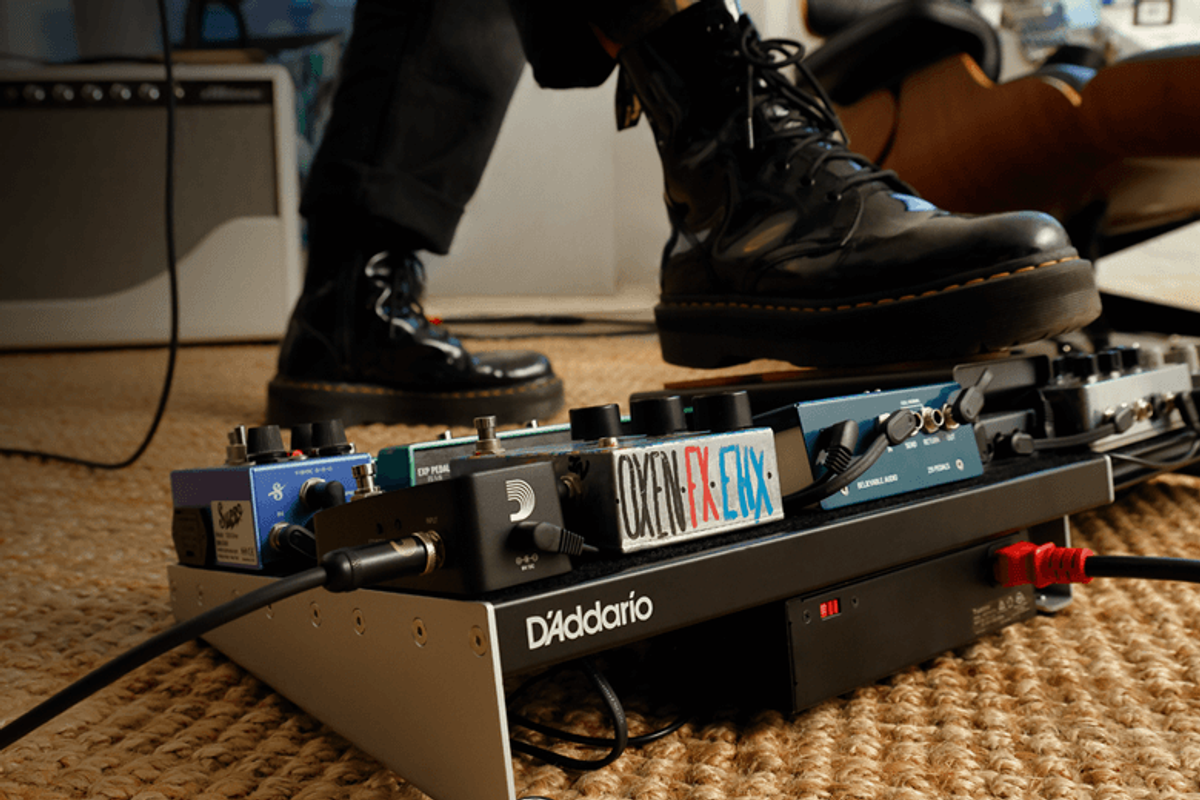
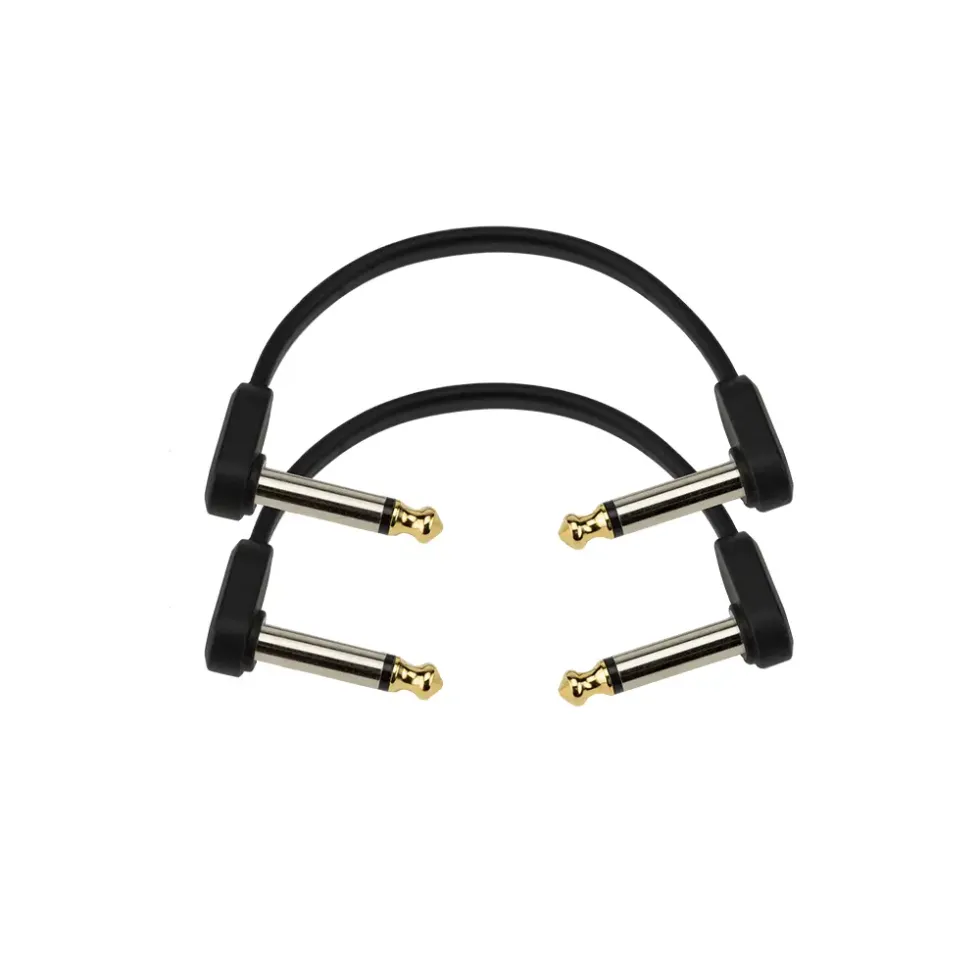
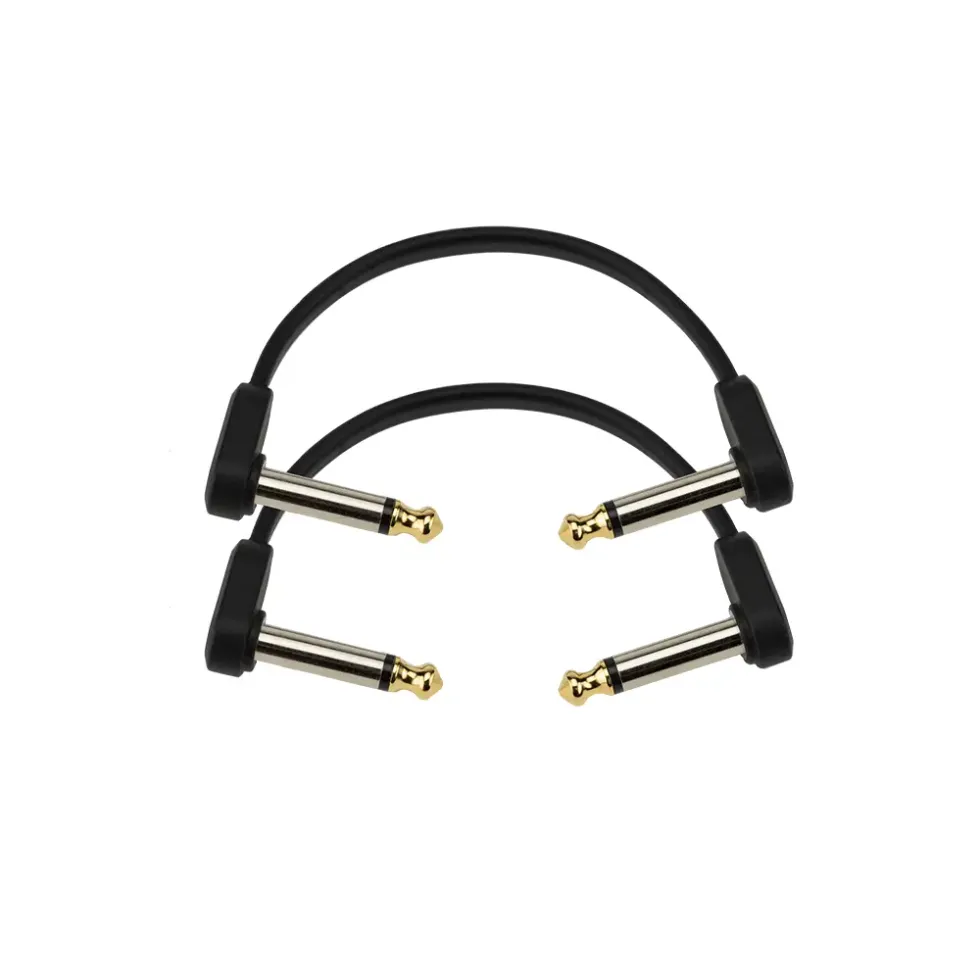
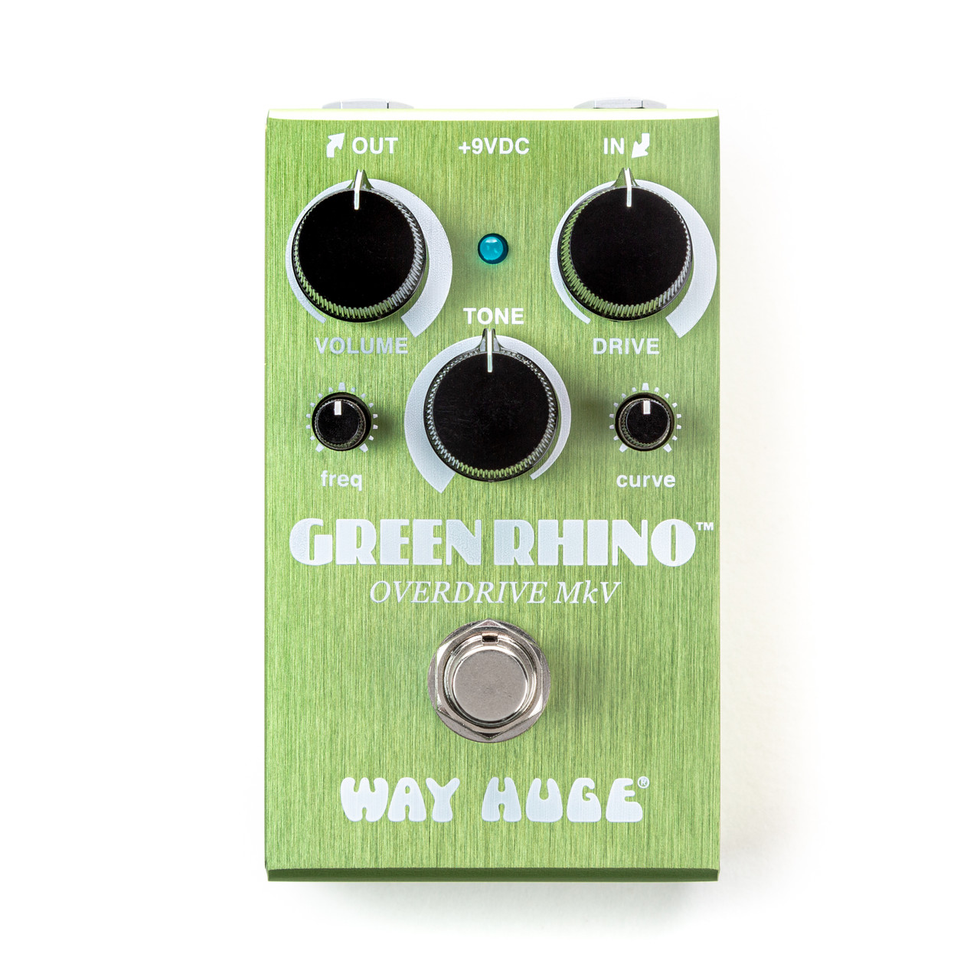
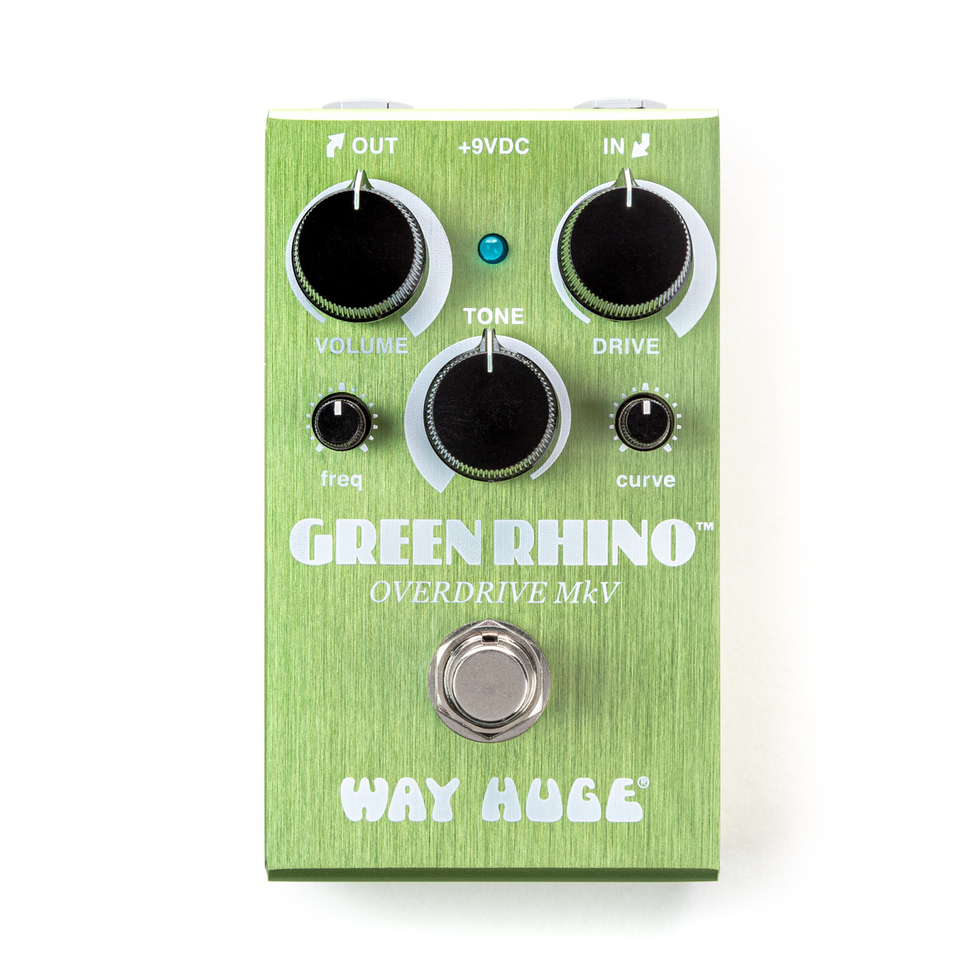
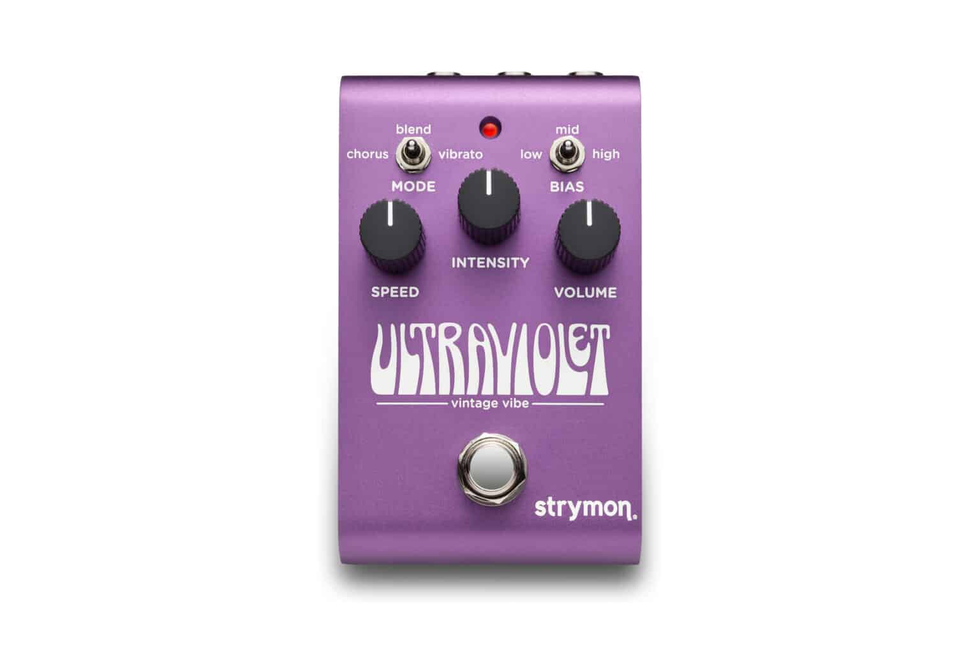
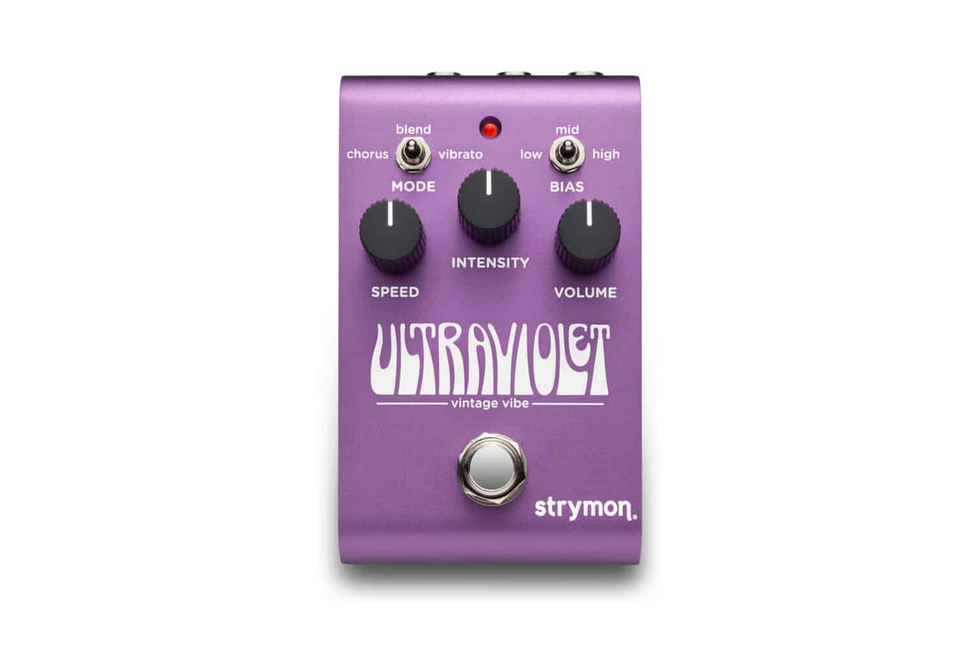
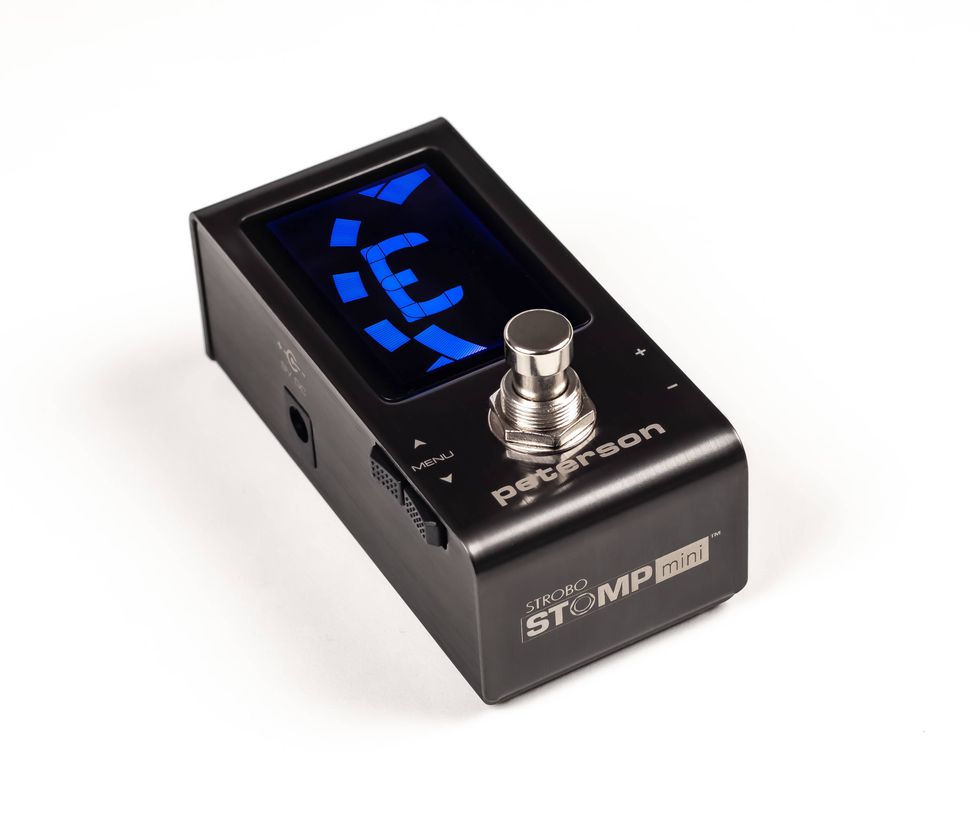
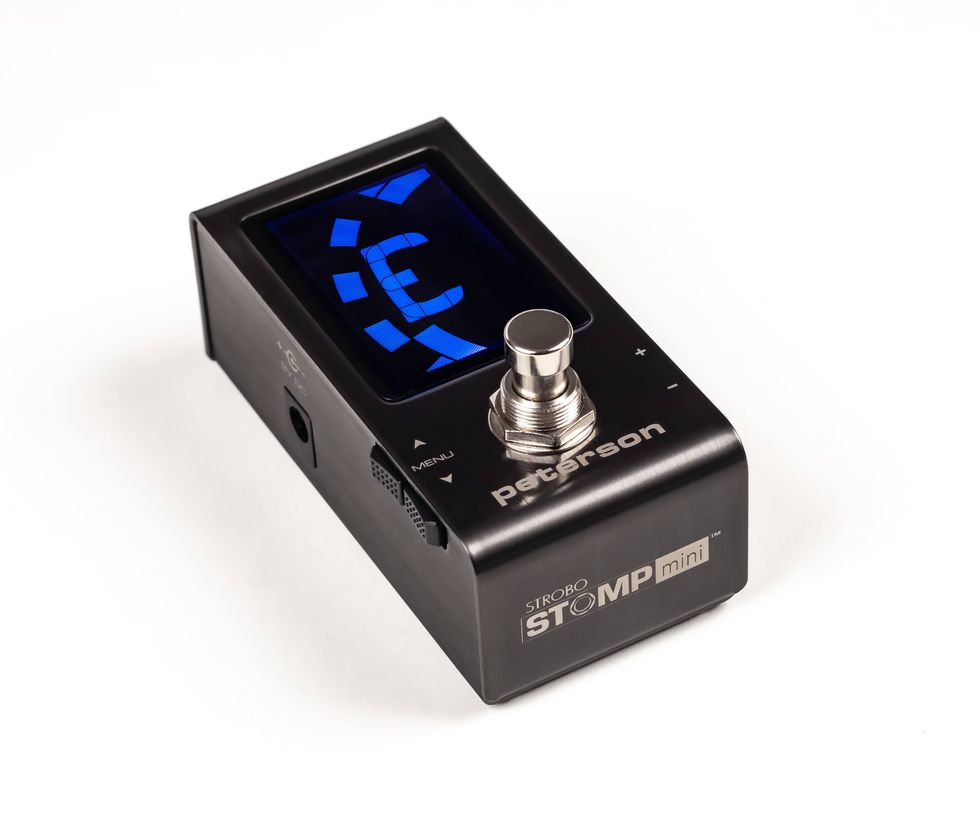
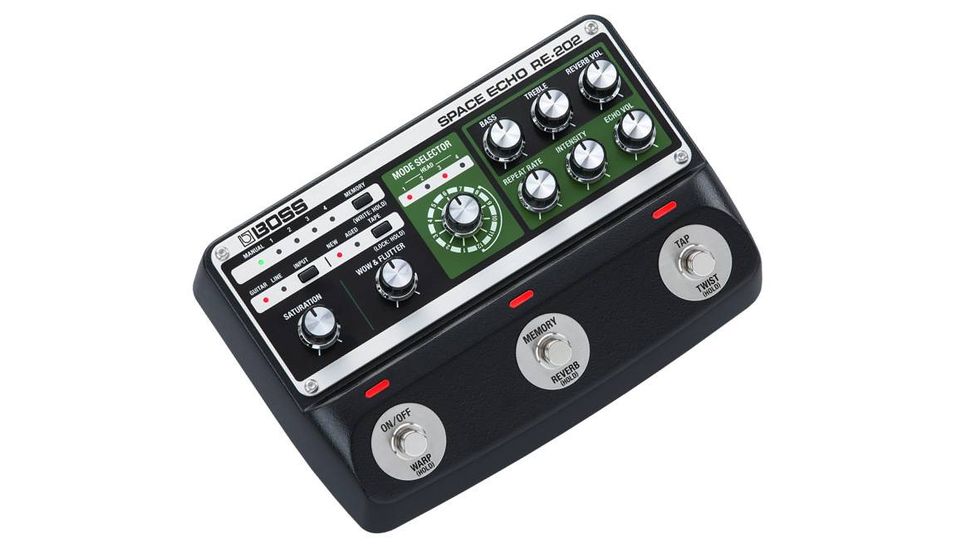
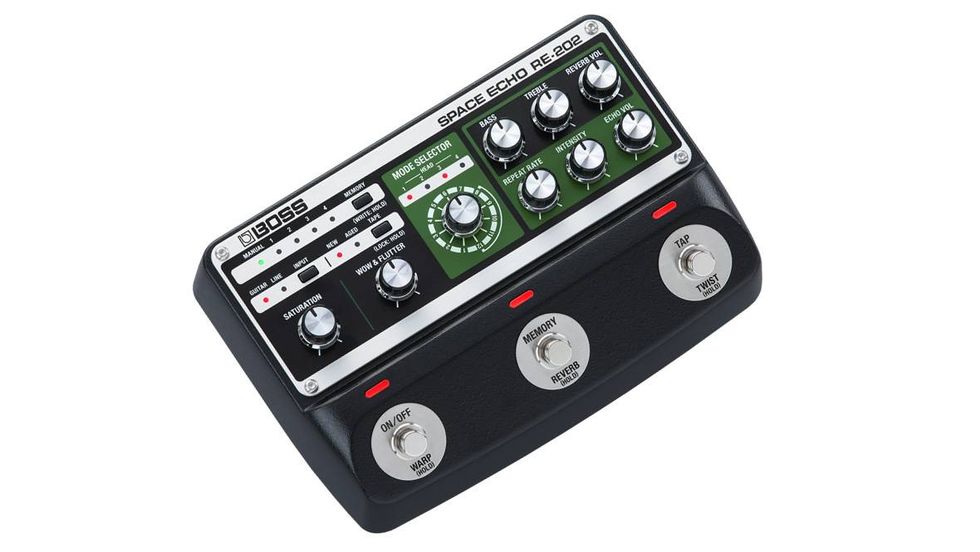
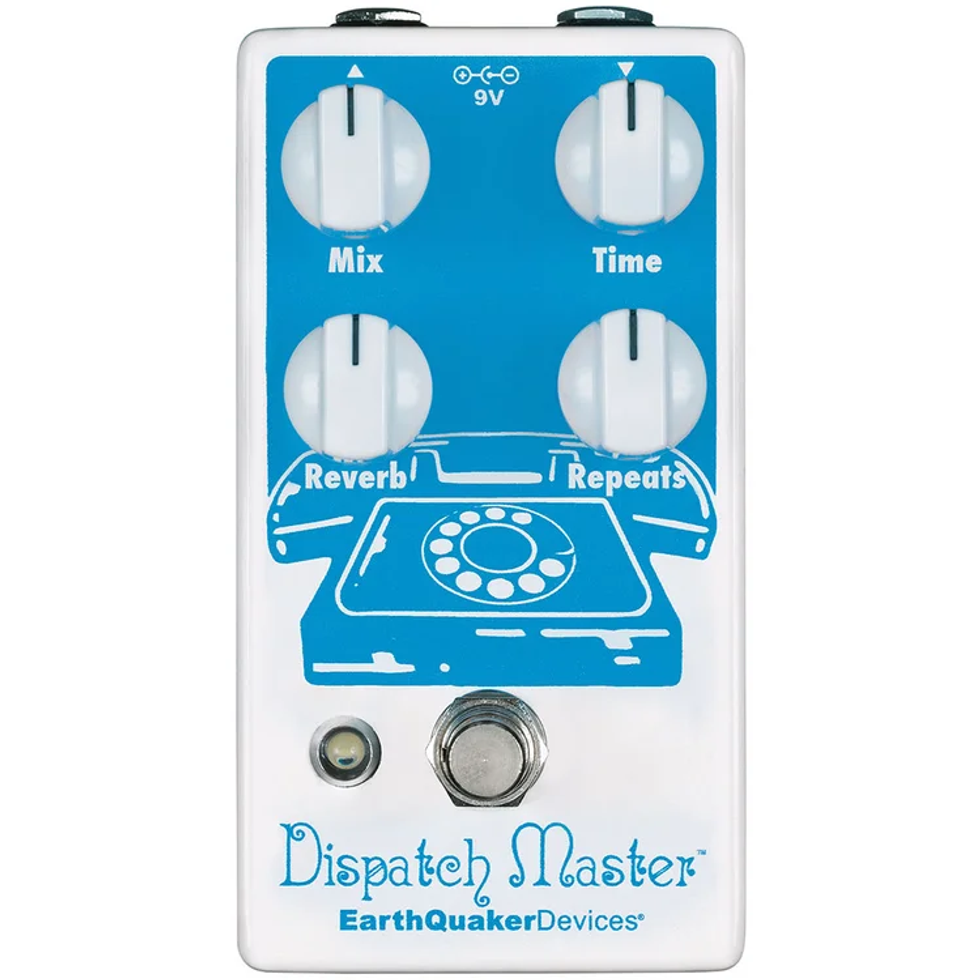
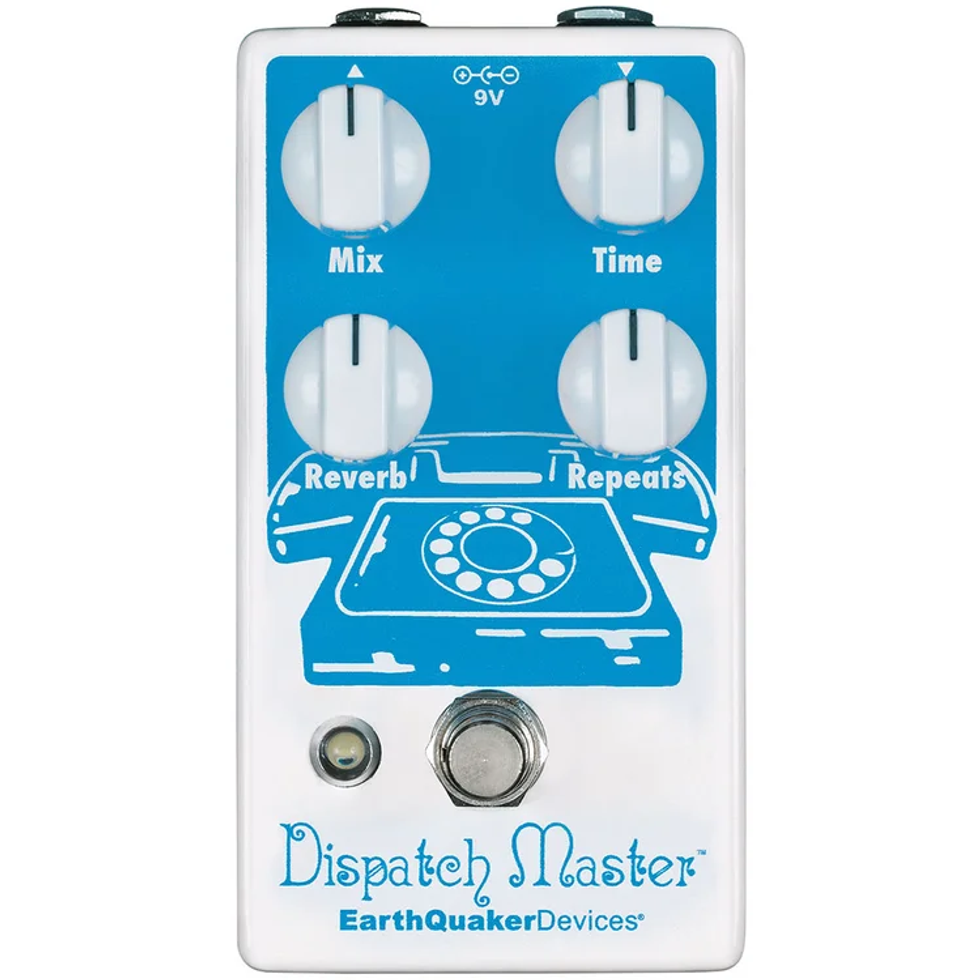
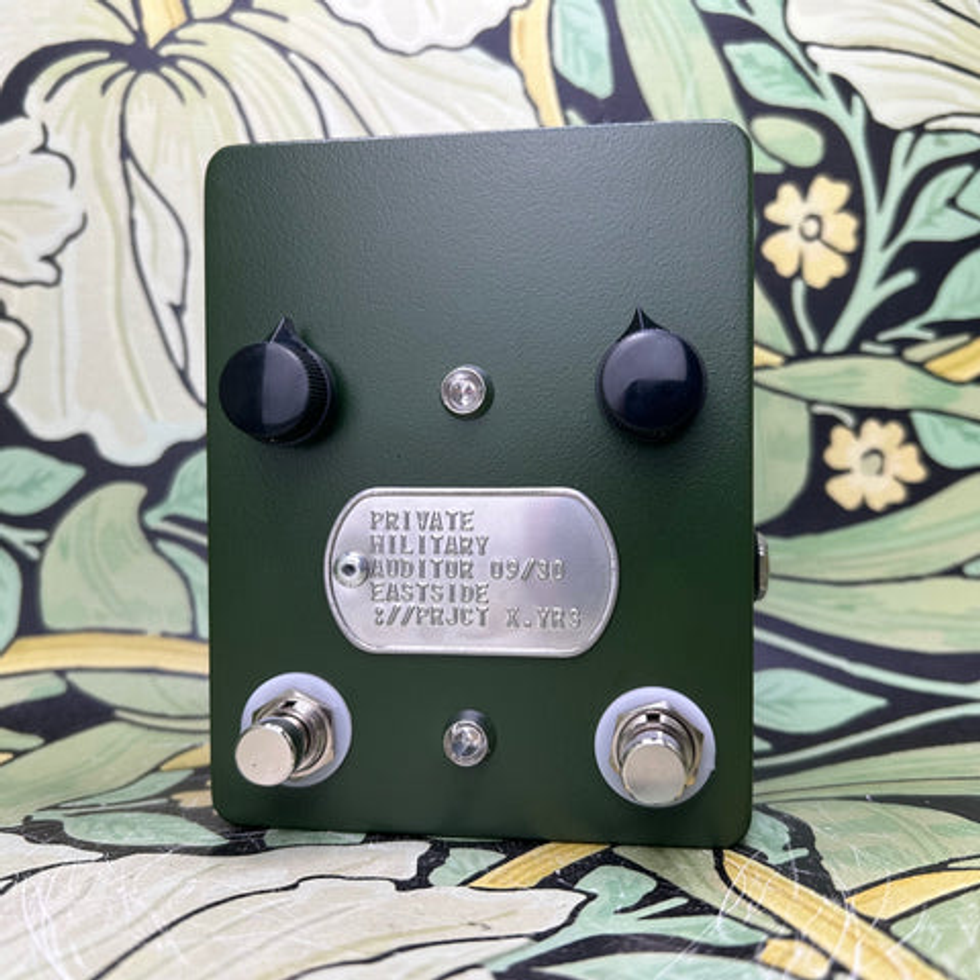
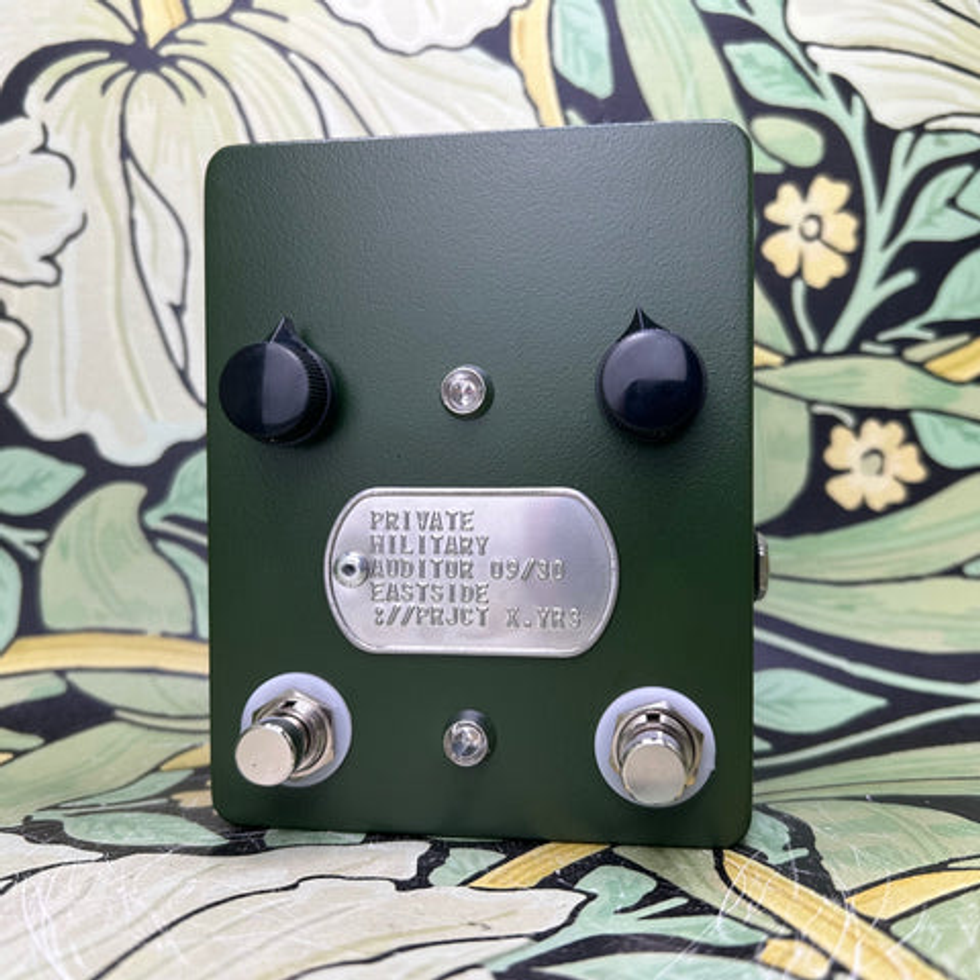
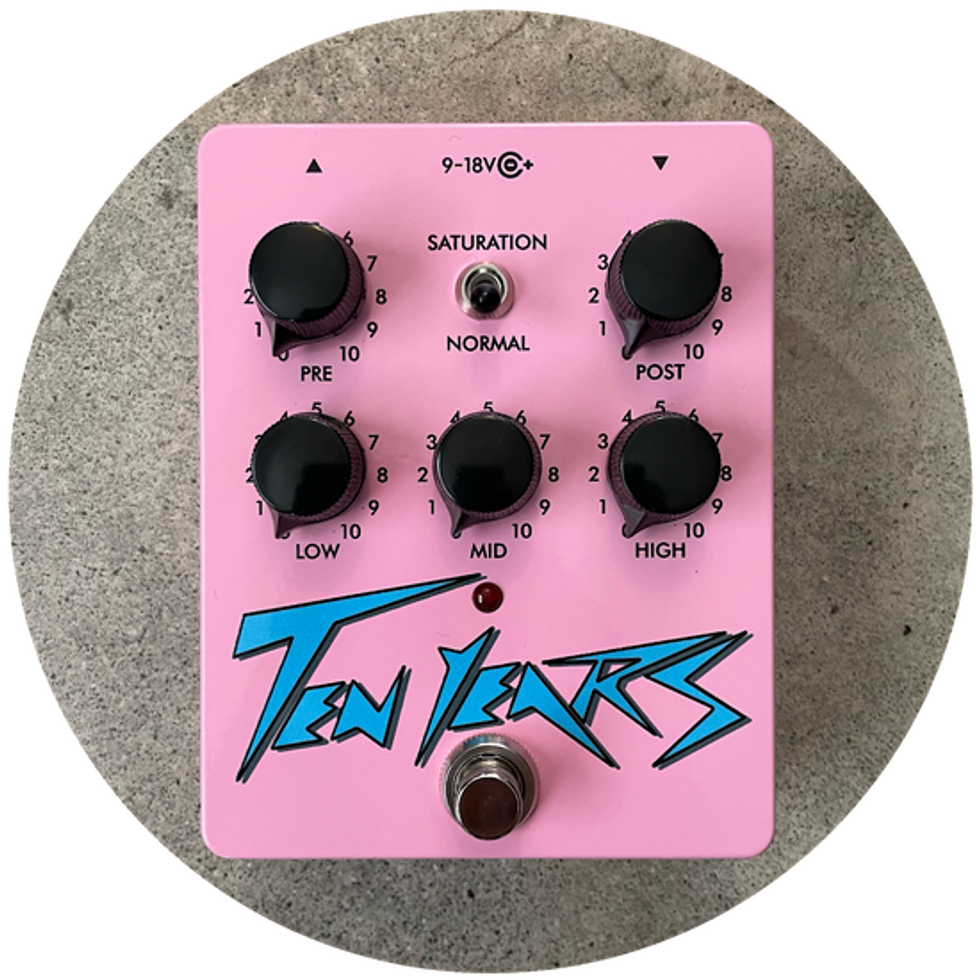


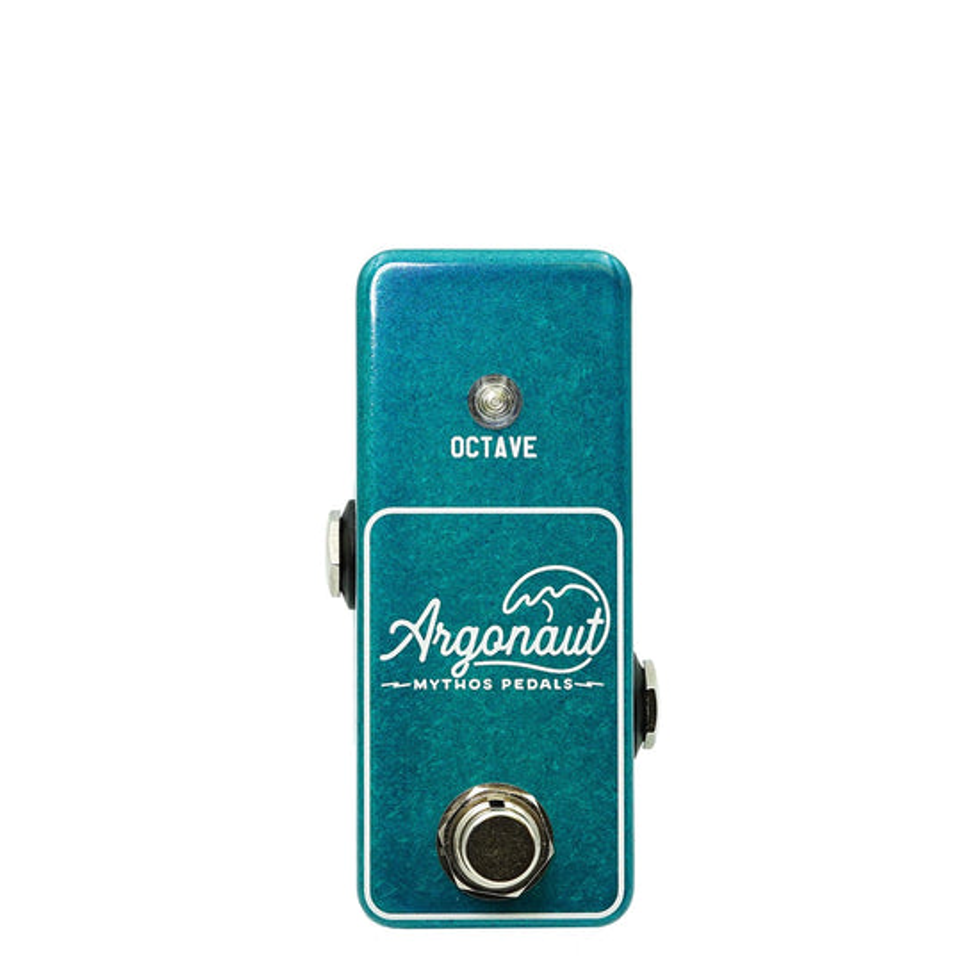
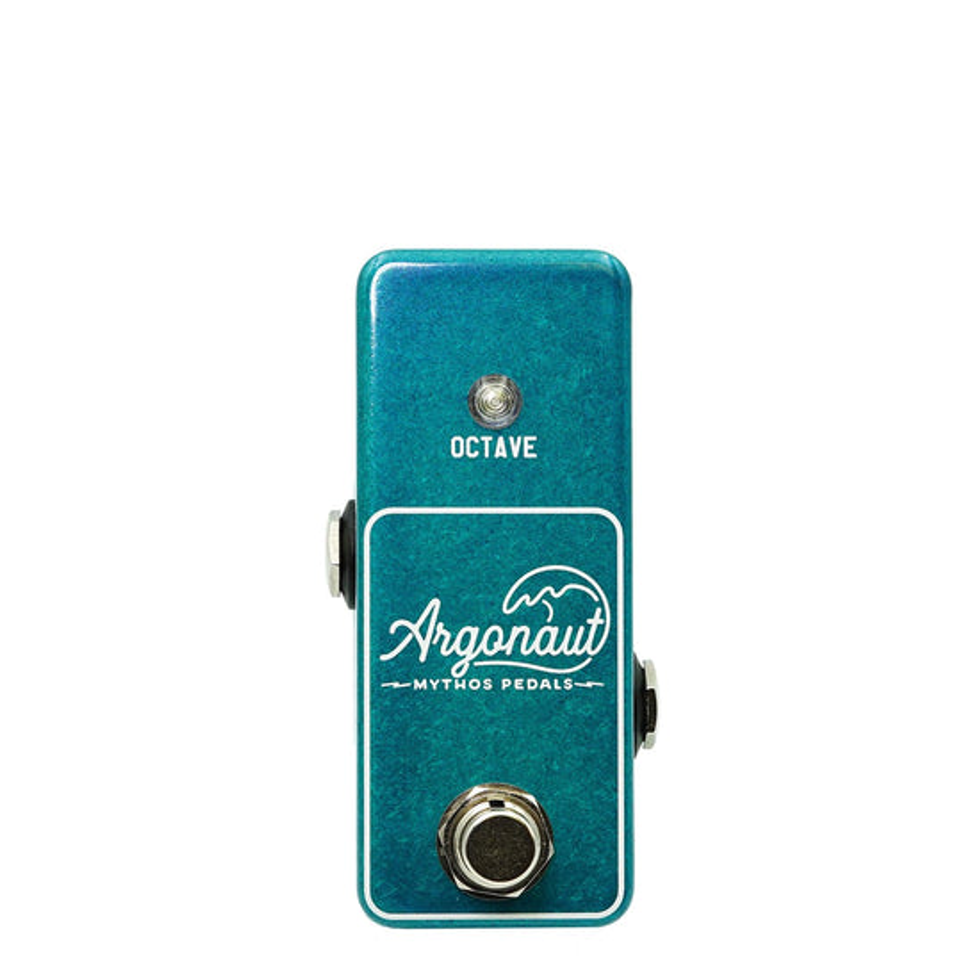
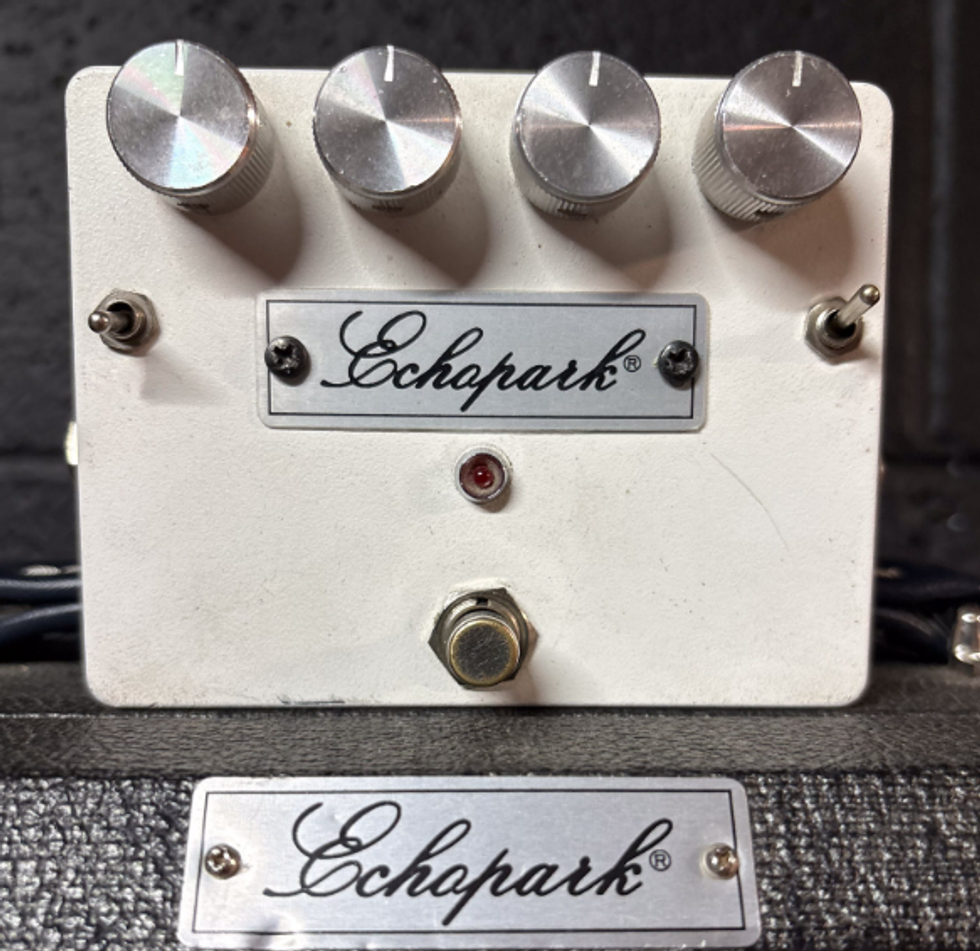
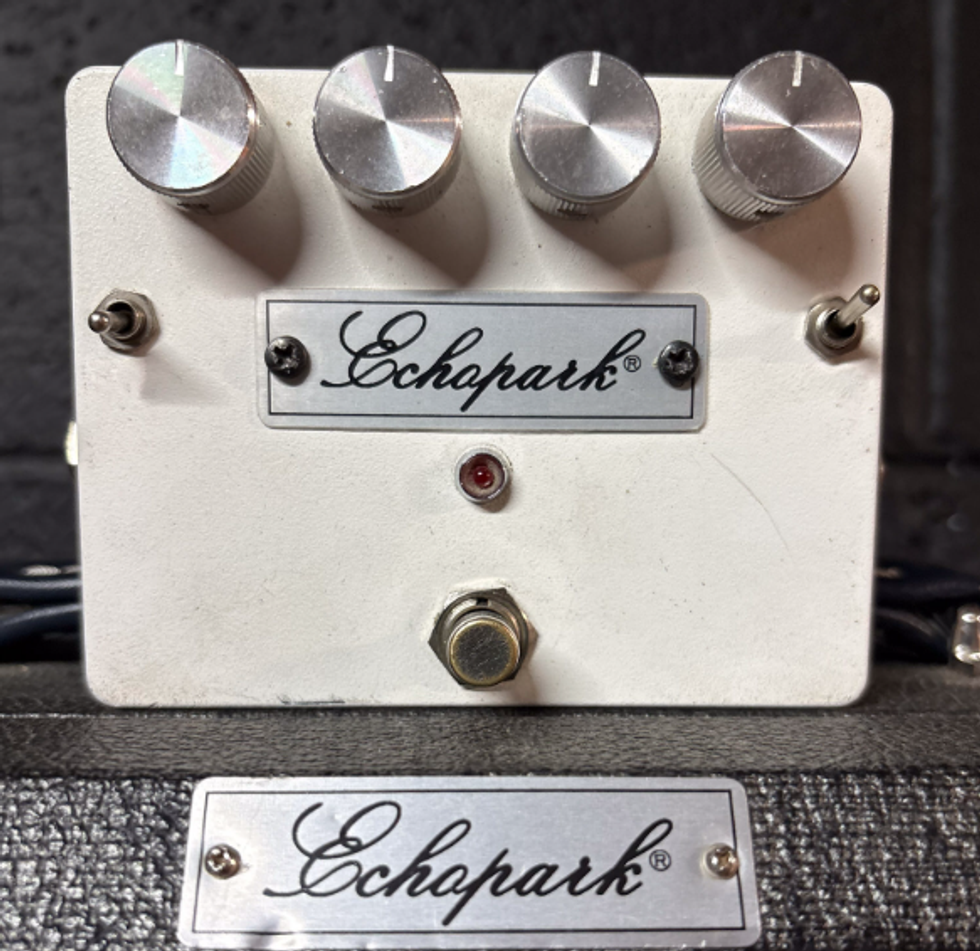








 Zach loves his Sovtek Mig 60 head, which he plays through a cab he built himself at a pipe-organ shop in Denver. Every glue joint is lined with thin leather for maximum air tightness, and it’s stocked with Celestion G12M Greenback speakers.
Zach loves his Sovtek Mig 60 head, which he plays through a cab he built himself at a pipe-organ shop in Denver. Every glue joint is lined with thin leather for maximum air tightness, and it’s stocked with Celestion G12M Greenback speakers.







